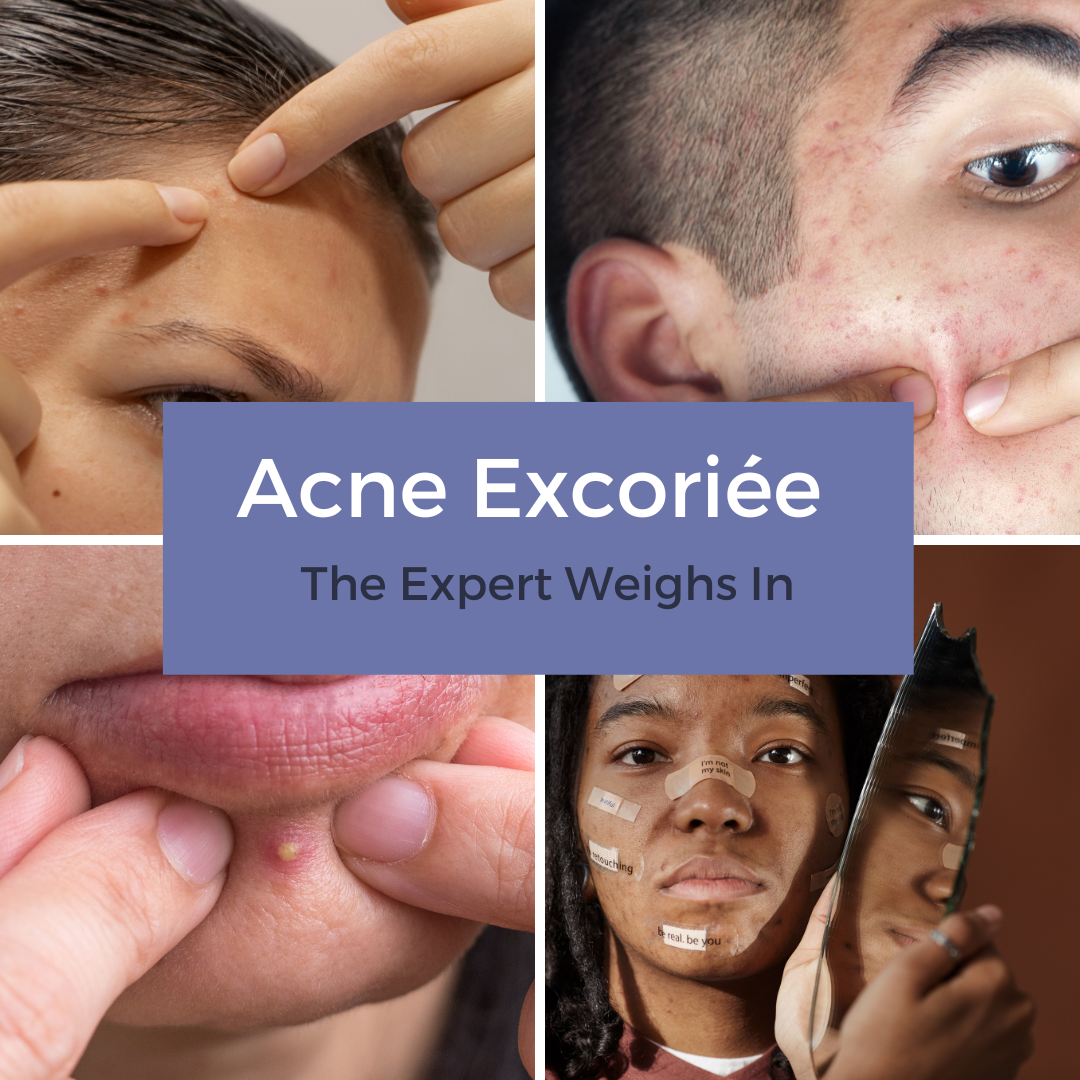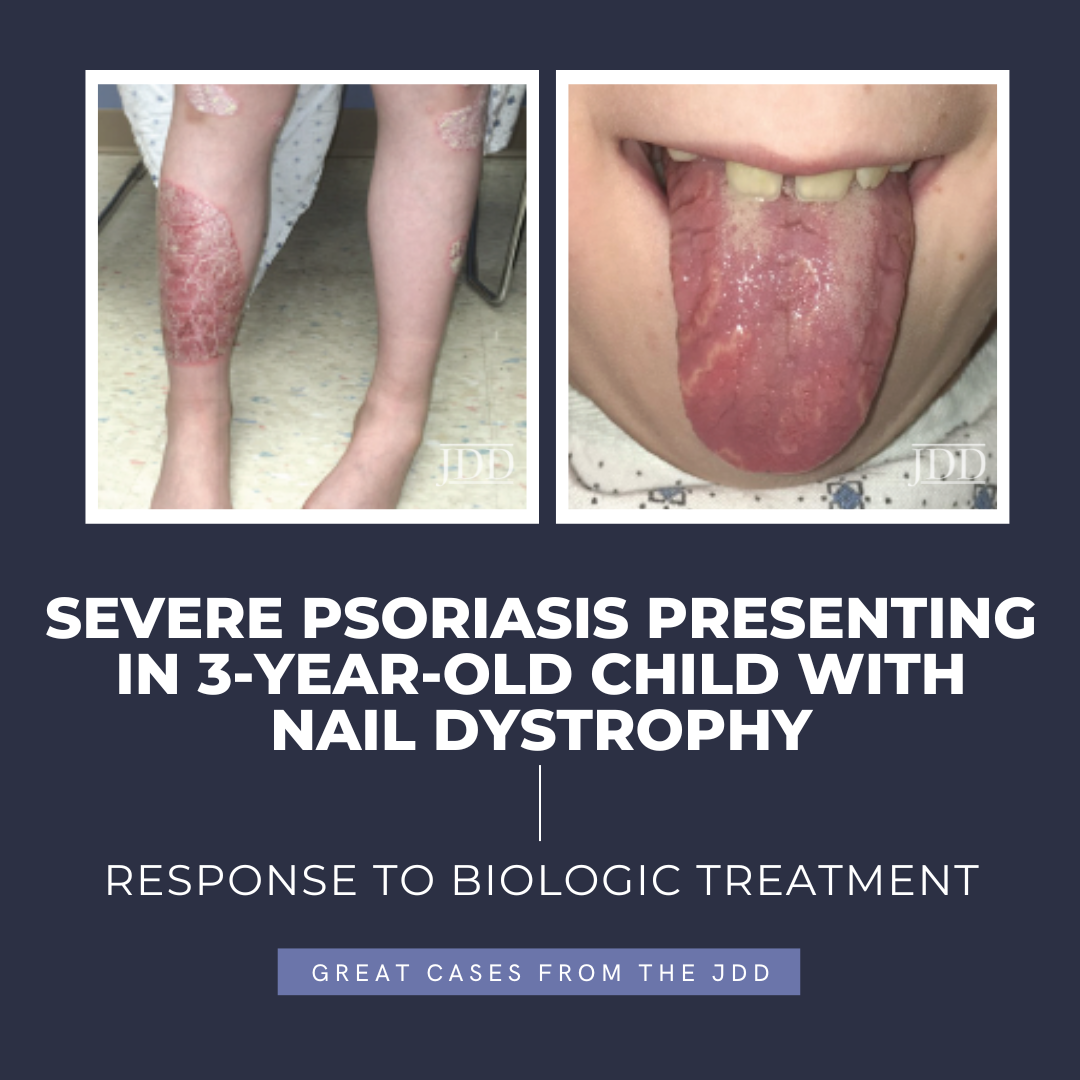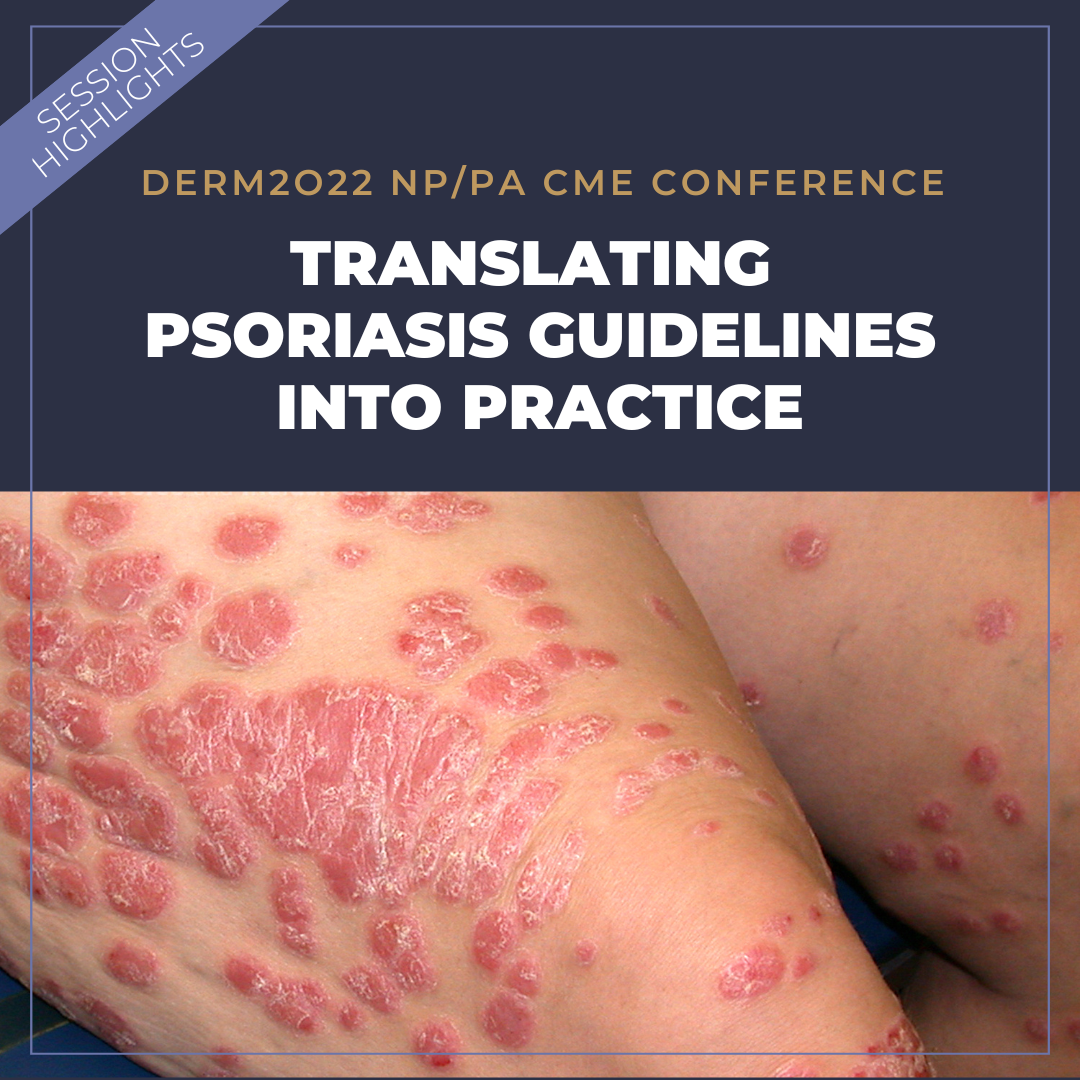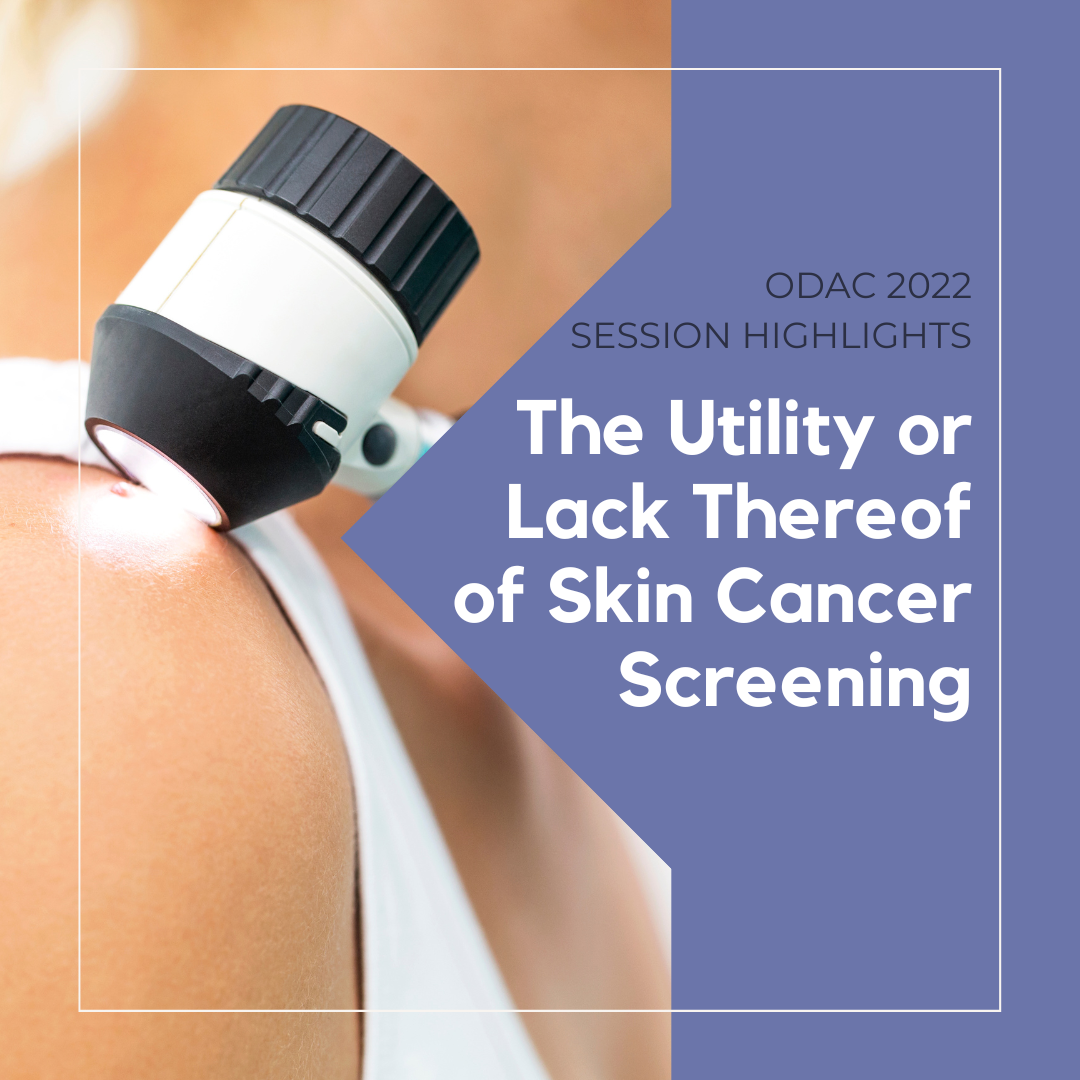Patient Buzz: Acne Excoriée | The Expert Weighs In
 Allure recently posted a first-person account of acne excoriée. How can dermatologists best counsel patients who pick their acne lesions, and what tools can help address the urge to pick?
For expert advice, I reached out to dermatologist and clinical psychologist Rick Fried, MD, PhD, clinical director of Yardley Dermatology Associates and Yardley Clinical Research Associates in Yardley, Pa.
…
Allure recently posted a first-person account of acne excoriée. How can dermatologists best counsel patients who pick their acne lesions, and what tools can help address the urge to pick?
For expert advice, I reached out to dermatologist and clinical psychologist Rick Fried, MD, PhD, clinical director of Yardley Dermatology Associates and Yardley Clinical Research Associates in Yardley, Pa.
…
 Allure recently posted a first-person account of acne excoriée. How can dermatologists best counsel patients who pick their acne lesions, and what tools can help address the urge to pick?
For expert advice, I reached out to dermatologist and clinical psychologist Rick Fried, MD, PhD, clinical director of Yardley Dermatology Associates and Yardley Clinical Research Associates in Yardley, Pa.
…
Allure recently posted a first-person account of acne excoriée. How can dermatologists best counsel patients who pick their acne lesions, and what tools can help address the urge to pick?
For expert advice, I reached out to dermatologist and clinical psychologist Rick Fried, MD, PhD, clinical director of Yardley Dermatology Associates and Yardley Clinical Research Associates in Yardley, Pa.
… Continue reading "Patient Buzz: Acne Excoriée | The Expert Weighs In"


 Atopic dermatitis (AD) is a chronic skin condition characterized by pruritus, inflammation, and acute flare-ups of eczematous lesions over dry skin.1 The wide range of clinical manifestations, the visible nature of the disease, and the intense itching significantly affects patients’ quality of life.2 Up to 80% of children with AD experience sleep disturbances.3 Sixty-seven percent of children …
Atopic dermatitis (AD) is a chronic skin condition characterized by pruritus, inflammation, and acute flare-ups of eczematous lesions over dry skin.1 The wide range of clinical manifestations, the visible nature of the disease, and the intense itching significantly affects patients’ quality of life.2 Up to 80% of children with AD experience sleep disturbances.3 Sixty-seven percent of children …  Psoriasis, a chronic inflammatory skin condition, affects about 2% of children. A small subset have isolated nail involvement refractory to topical treatment that can be disabling. The development of targeted biologic agents offers safe, effective options for children with moderate-to-severe skin and nail disease. A few are now Food and Drug Administration (FDA)-approved for children.
INTRODUCTIO …
Psoriasis, a chronic inflammatory skin condition, affects about 2% of children. A small subset have isolated nail involvement refractory to topical treatment that can be disabling. The development of targeted biologic agents offers safe, effective options for children with moderate-to-severe skin and nail disease. A few are now Food and Drug Administration (FDA)-approved for children.
INTRODUCTIO …  Before we dive into our discussion, let’s outline the Guideline-Based Approach to Treatment Selection.
The International Psoriasis Council has divided psoriasis treatment classification into 2 groups:
Patients who are a candidate for topical therapy, or
Patients who are a candidate for systemic therapy
Candidates for systemic therapy must meet at least 1 of the following …
Before we dive into our discussion, let’s outline the Guideline-Based Approach to Treatment Selection.
The International Psoriasis Council has divided psoriasis treatment classification into 2 groups:
Patients who are a candidate for topical therapy, or
Patients who are a candidate for systemic therapy
Candidates for systemic therapy must meet at least 1 of the following …  Dr. Vishal Patel (Assistant Professor of Dermatology and Director of the Cutaneous Oncology Program at George Washington University School of Medicine and Health Sciences) gave a thought-provoking talk at the 2022 ODAC Dermatology, Aesthetic & Surgical Conference about something we do nearly every day as dermatologists – full body skin exams. He started by reviewing the rising epidemic of sk …
Dr. Vishal Patel (Assistant Professor of Dermatology and Director of the Cutaneous Oncology Program at George Washington University School of Medicine and Health Sciences) gave a thought-provoking talk at the 2022 ODAC Dermatology, Aesthetic & Surgical Conference about something we do nearly every day as dermatologists – full body skin exams. He started by reviewing the rising epidemic of sk …